Varieties and secrets of choosing small sofas

Compact mini sofas are gaining popularity every year. The demand for small-sized furniture is growing due to its small size, versatility and versatility. The assortment of compact sofas is rich - there are products on sale with different shapes, transformation mechanisms, upholstery materials and designs. Let's consider what models are offered by manufacturers, and how to make the right choice.


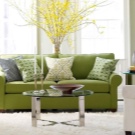

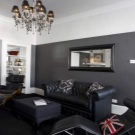
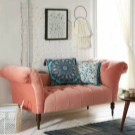
Peculiarities
Many people live in confined spaces - in "Khrushchev", "Stalin", studio apartments. Few can boast of spacious housing. When arranging small rooms, you have to make a choice in favor of compact furniture, for example, small sofas.
When folded, they take up a minimum of free space, so they do not clutter up an already small room.

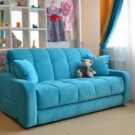

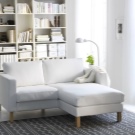
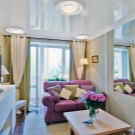

Other features of mini sofas include:
- multifunctionality - most types have drawers and sections for storing various household items, as well as additional sleeping places;
- wide range of models - from simple stationary variations to exclusive design items;
- wear resistance of upholstery materials, since almost all furniture is designed for intensive use;
- the ability to withstand maximum weight loads;
- wide price range, due to which each buyer will be able to choose the optimal solution based on taste preferences and financial capabilities.
There are many advantages of mini-sofas, but there is also a significant drawback.The main disadvantage is their small size, which makes the products inconvenient to accommodate people with tall or large builds.
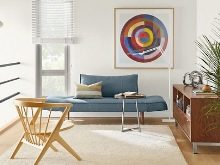

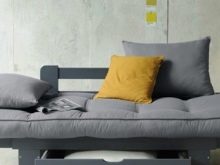
Species overview
Domestic and foreign manufacturers offer compact sofas of various configurations with different transforming mechanisms. All of them have certain characteristics.

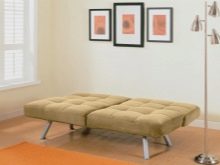
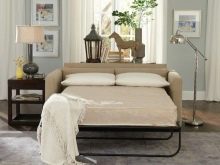
By form
The most popular small sofas are angular. They are designed to be located in one of the corners of the room. Such furniture allows you to use every centimeter of free space as efficiently as possible. Due to its shape, the product is spacious and comfortable.
Small sofas can also be straight. These are versatile models that are characterized by mobility. If necessary, they can be easily moved from one place to another. They are often placed near a wall or used for zoning space. Straight sofas can be a cropped version of larger pieces or look like a couch. Mini-sofas with a straight configuration are made in the form of a fixed bench. These variations have a wide seat and a shortened back.
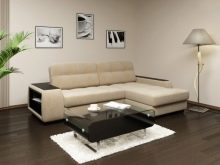
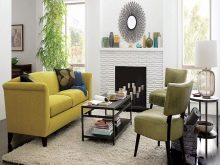
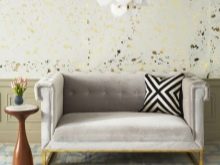
There are U-shaped models on sale. Compared to the previous ones, they are more cumbersome. They are installed along the walls or placed in the middle of the room to delimit functional areas. Such solutions are most appropriate in living rooms and halls. They work well with decorative pillows and cushions.
Some compact sofas are modular. These are soft mobile structures, placed at the discretion of the owners. They can be placed in one of the corners or along the wall.
Thanks to the mobility of structures, you can quickly and without much physical effort change the decor in the room.
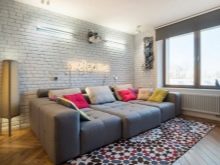
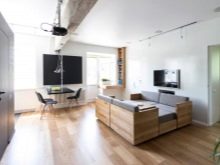

By folding mechanism
Compact sofas are classified into 2 large groups - stationary and convertible. The former are not equipped with a transforming mechanism. Fixed mini-sofas are more reliable. They are often chosen for arranging a hallway, living room or kitchen. Depending on the size, it can accommodate 2 or more people. Such furniture is not suitable for a comfortable night's rest.

Folding compact sofas are in great demand among consumers. Their design provides for a transforming mechanism. Due to this element, furniture can take various shapes and positions. The transformation mechanism transforms the sofa from a seating option into a full-fledged sleeping place for 1-2 people or allows you to "fold" the back.
The quality and reliability of the transforming element directly depends on how convenient the product will be in operation, as well as its service life.
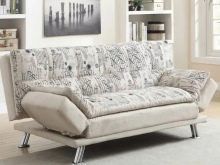
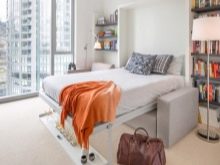
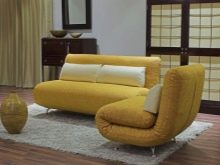
Let's consider the most popular folding mechanisms.
- "Book". The transformation is carried out by reclining the backrest. In the assembled position it is a comfortable seating position, and in the unfolded position it is a bed for a night's rest. When installing such a model, it is necessary to leave free space between the back of the sofa and the wall. The mechanism is one of the most reliable, strong and durable.

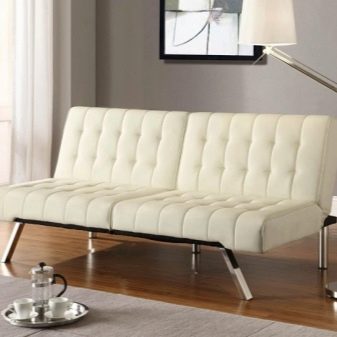
- "Click-gag" or "tango". This transforming element is similar to the principle of working with a "book". Its only difference is the ability to take an intermediate position of the backrest when unfolding (for example, reclining or half-sitting). The disadvantage of sofas with such a mechanism is the impossibility of placing them close to the wall.

- "Eurobook". The transformation of furniture is carried out by rolling the seat forward and installing the backrest into the resulting niche. As a result of such manipulations, a flat surface without bumps for sleeping is obtained. The advantages of such furniture include roomy storage space, a reliable transforming mechanism, and the ability to get a comfortable sleeping bed.
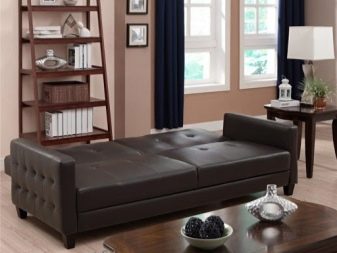
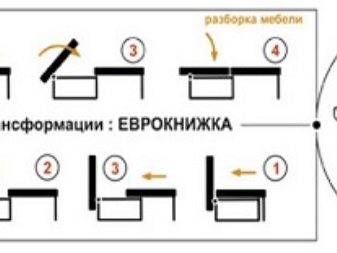
- French clamshell. The mechanism is simple - to transform the sofa into a sleeping place, you need to pull the edges of the seat forward. In the course of such actions, the 3 sections provided in the structure will open and stand on the supports. The French clamshell is an unreliable mechanism. With intensive use, it quickly breaks down. Another disadvantage is the lack of additional boxes for storing textiles.

- Compact sofas with unfolding on the floor. These are compact products, the berth of which includes 2 sections. In the folded position, they are inside the body. To unfold the sofa, pull the inside of the seat upwards and then stretch 2 sections forward. Such furniture does not have legs or other supports for a berth - it is laid out directly on the floor. The advantages of sofas with such a mechanism include their compactness and cheapness, the disadvantages are an uncomfortable sleeping place, the lack of internal space for storing things.
Much less often on sale there are products with such variants of a folding mechanism as an Italian clamshell, "accordion", "Spartak", "Dolphin" and others.
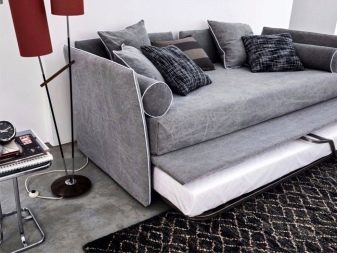
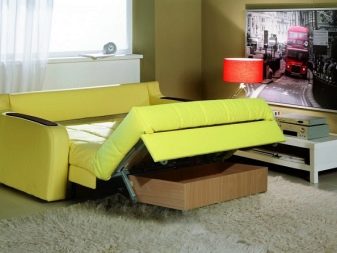
Materials (edit)
The durability of the sofa, its external aesthetics, practicality and comfort directly depend on the materials from which it is made. Wherein it is important to consider what the basis of the furniture is made of, its upholstery and filler.
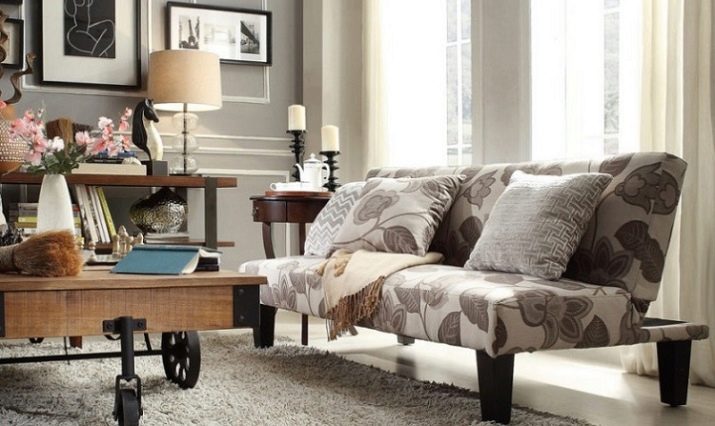

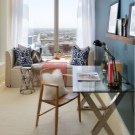

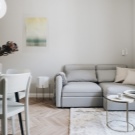
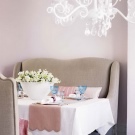
Frame
It is the basis of all furnishings. It forms the appearance of sofas, affects their strength indicators during transportation and operation. The frame should be lightweight, but reliable. For the production of mini sofas, bases are used from:
- natural wood;
- metal;
- multilayer plywood;
- MDF or chipboard.
Products with a natural wood base are among the most expensive. They are made from natural, environmentally friendly raw materials and are distinguished by their elegance and reliability. Most often, sofa frames are made from birch, walnut, ash, beech or oak. The bases are also made of coniferous trees, but they do not have high strength.
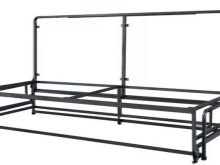

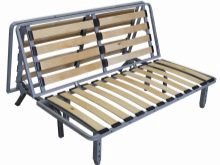
Metal frames are the most durable, reliable and inexpensive. They look aesthetically pleasing - the outer parts are often nickel-plated or chrome-plated. Often such furniture is chosen for the arrangement of rooms decorated in modern or minimalist style. Products can serve for more than a dozen years, since when the soft part is worn out, it is easy to replace it with a new one. The only drawback of the metal base is its heavy weight, which can make it difficult to transport and move furniture around the apartment.
Multi-layer plywood produces strong and reliable frame bases. The material is not susceptible to cracking, has good flexibility and is light in weight. During operation, such a frame does not deform, does not creak and does not emit harmful vapors into the environment. The material is affordable and is used in the production of budget furniture.
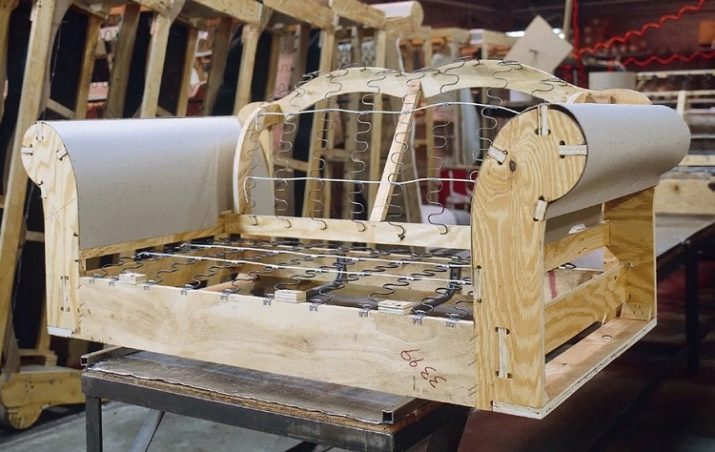
MDF boards are made from pressed fine wood chips. The binder is natural resins formed during heating and pressing of raw materials. Formulations containing formaldehyde are not used in the production of MDF, which makes the material absolutely harmless to health. The frames of small sofas made of MDF practically do not warp. They are resistant to drying out and have high strength. The disadvantages include a lot of weight.
Particleboard is the most budgetary and unreliable material. In its manufacture, formaldehyde resins are used, which evaporate into the environment and harm human health. Chipboard sofa frames do not last long, they are "afraid" of mechanical stress, intensive use, high humidity and temperature jumps. Manufacturers also offer furniture with combined bases.
For example, it can be a frame made of metal and natural wood, chipboard and wood, MDF and chipboard.
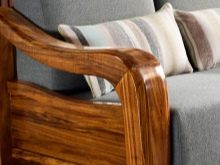
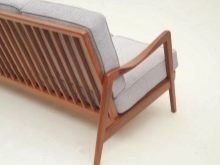

Filler
Mini sofas are classified as upholstered furniture. Various fillers are used in its production. Most often, several materials are used in the manufacture of compact sofas.
- Dependent or independent spring blocks. They are used in the production of the vast majority of soft sofa models. Products with such a filler practically do not miss. Spring blocks are distinguished by their reliability and long service life.
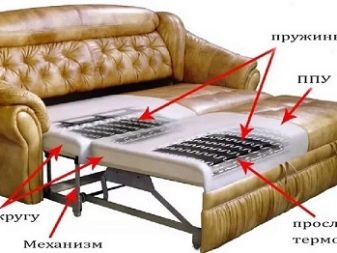
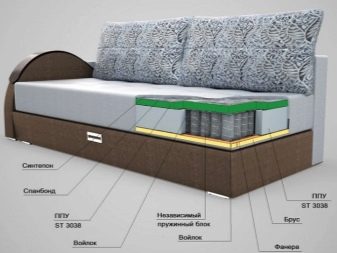
- Foam rubber. One of the budget materials. Most often used in the manufacture of inexpensive sofas. Foam rubber quickly loses its shape, crumples, which makes the furniture uncomfortable and loses its aesthetics.
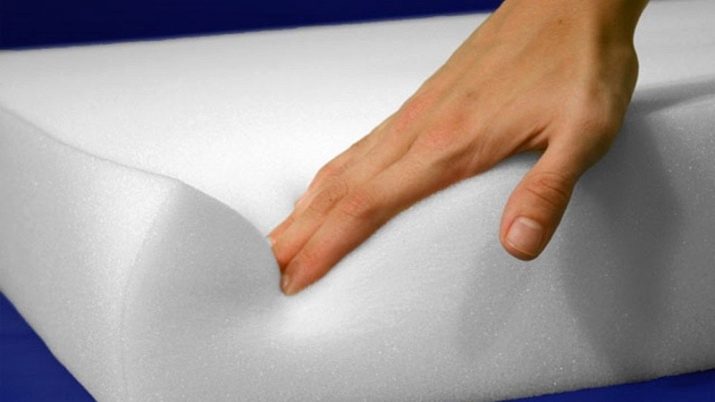
- Polyurethane foam (PPU). A filler obtained by mixing and foaming synthetic polymeric substances. Possesses high wear resistance, durability. The material is environmentally friendly and elastic. After deformation, it quickly regains its shape. The service life of PPU is at least 10 years.

- Holofiber. The material quickly recovers after deformation. It is highly hygienic compared to other types of fillers. Holofiber provides increased comfort during a night's sleep.
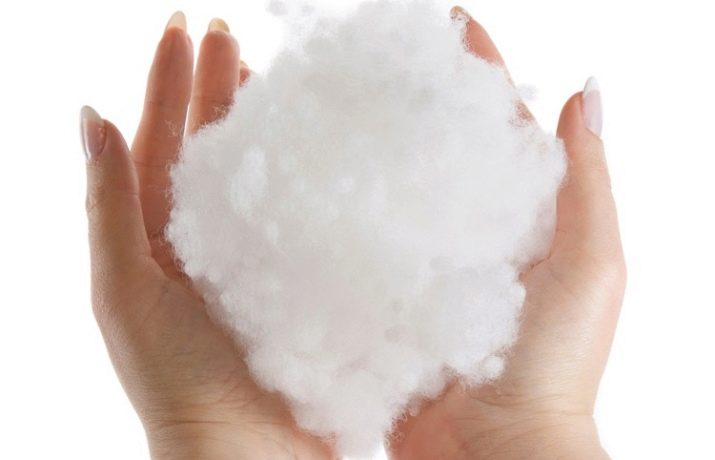
- Sintepon. Filler resistant to fungal attack and light-zone aging. The material is non-allergenic. Does not accumulate moisture. Despite its elasticity, it quickly crumbles during daily use.
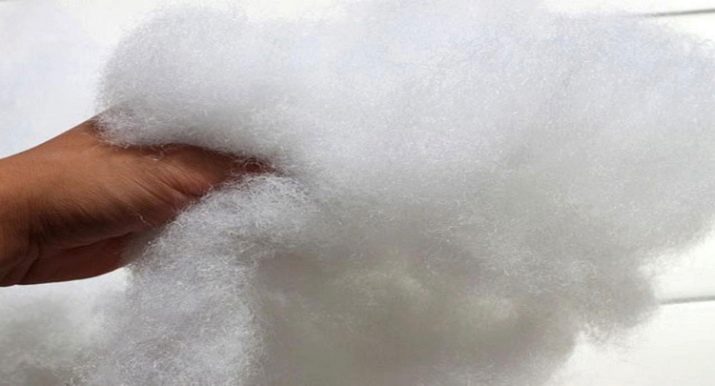
- Felt or quilted jacket. These are natural hypoallergenic materials that perfectly regulate heat. They are affordable and highly durable. Such fillers absorb excess moisture, which can cause mold.
High-quality fillers with excellent performance include latex and durafil. Their only drawback is their higher cost compared to other materials.
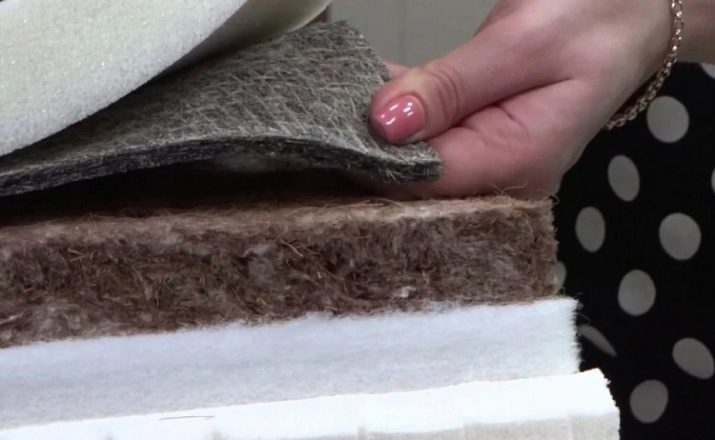
Sheathing
Several types of upholstery materials are used in the production of sofas. Sheathing performs 2 functions at once - aesthetic and protective (protects furniture from external adverse factors). In the manufacture of mini-sofas, light materials (for example, cotton), high-density fabrics, natural leather and its substitutes are used.
There are many types of upholstery fabrics. They differ in performance properties, colors, and can be natural or synthetic.
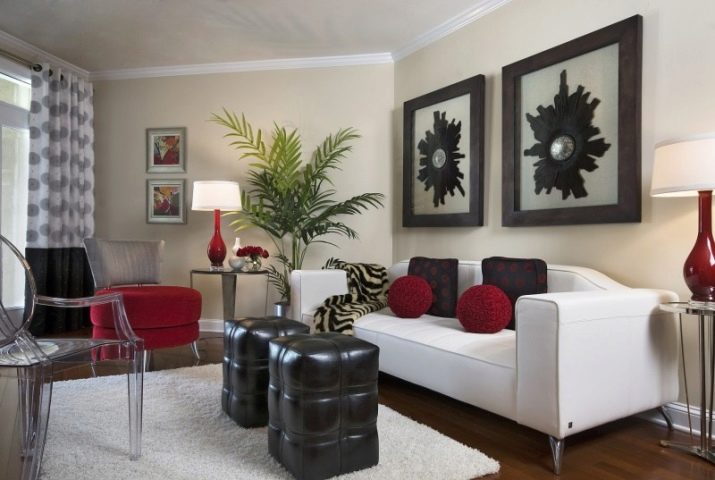
Here are the most popular types of sheathing.
- Velours. Beautiful material with a pile. It is soft, has good air permeability, does not stretch during use. Its main disadvantages are: a tendency to abrasion, dust attraction, exacting care - the upholstery needs regular cleaning.
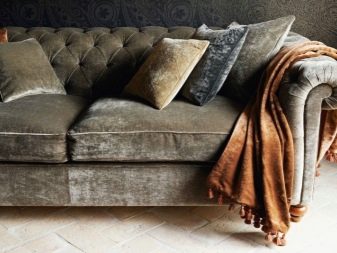
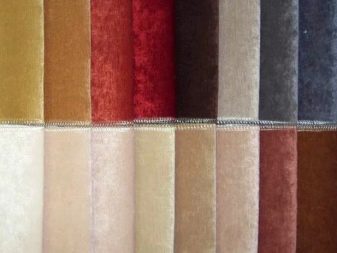
- Scotchguard. High density fabric. Due to processing with special compounds, it repels dirt and moisture. The upholstery is durable, easy to maintain, suitable for the production of children's furniture. Its disadvantage is the high price.

- Jacquard. Thick, durable and wear-resistant fabric that does not fade when exposed to direct sunlight. Such upholstery can be monochromatic, with different patterns or prints. Jacquard is "afraid" of high humidity, which is why it is recommended to clean it only with dry methods.
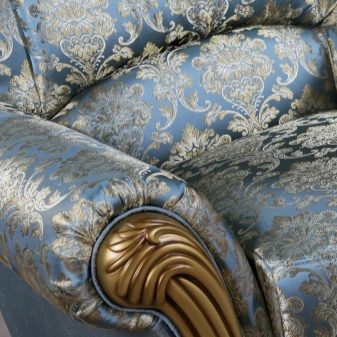
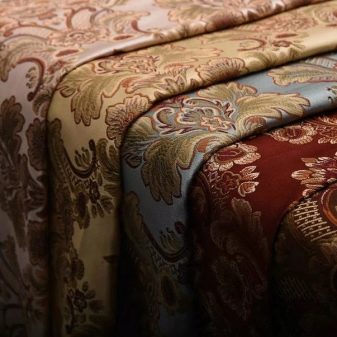
- Chenille. Visually, the fabric resembles velor. The material retains its vibrant colors despite heavy use and frequent cleaning. It is durable and soft, does not absorb foreign odors. The disadvantages of such upholstery are its high cost and tendency to form puffs.

- Flock. Velvety material made from cotton fibers and polyester. Available in a wide range of colors. It is easy to clean, capable of "repelling" various dirt and dust, and is durable. It is not recommended to place sofas with flock upholstery in the kitchen, as it absorbs odors well.
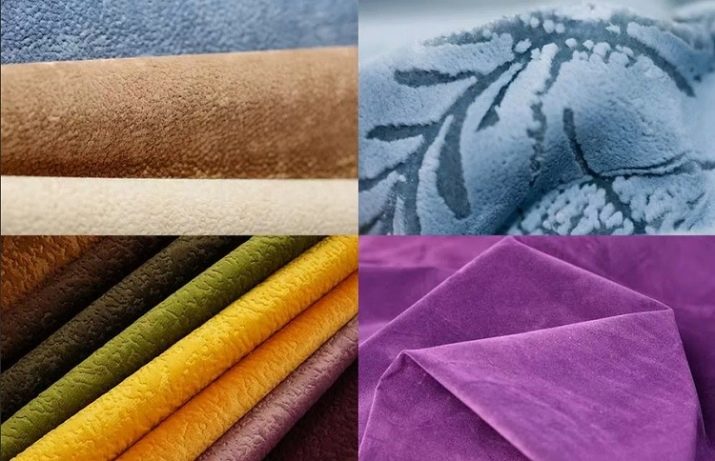
- Artificial suede. The material looks luxurious and will blend in with most interior styles.Its other advantages include the ability to pass air, no fading, no deformation. The fabric does not stick to the skin, it is pleasant to the touch. The main disadvantages of upholstery made from a suede substitute are a non-uniform color and an unpleasant synthetic smell.
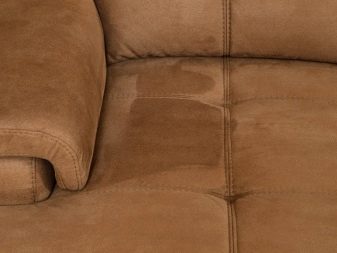

- Leather. The strongest and most durable material, embodying the luxury and good taste of the owners. It looks presentable, does not absorb odors, and is resistant to high humidity levels. Disadvantages - high cost, poor choice of colors, susceptibility to scratches, damage when sparks hit.
Sofas with faux leather upholstery are also in demand. Leatherette is affordable compared to its natural counterpart. It is soft and easy to clean. The disadvantages include the "fear" of fire and the ability to stick to the skin.
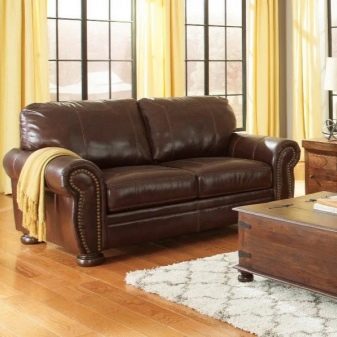
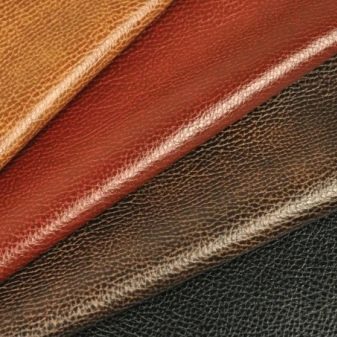
Dimensions (edit)
Small sofas come in a variety of sizes. On sale are medium-sized models and very miniature products with a length of 140 cm and a width of 1 m. As a rule, compact sofas have the following dimensions:
- length from 150 to 200 cm;
- width from 90 cm to 200 (unfolded);
- height from 30 to 60 cm;
- seat depth 50 to 90 cm.
The most popular are sofas for two. Double models with standard sizes are 170 cm long and 90 to 110 cm wide. Small children's mini sofas are 150 cm long and 170 cm wide when unfolded. There are also baby models on sale. Their length starts from 120 cm and width from 60 cm.


Design options
Compact sofas have a different appearance - on sale there are both standard models, which are characterized by simplicity and straight lines, as well as more fashionable solutions. A separate group is made up of designer items. Most of them are original and unusual in appearance. Stylish exclusive models are made in the form of:
- luxurious bowls;
- interesting flower lawns;
- lips;
- seashells;
- clouds.
Designer furniture often has irregular shapes. Variations that resemble a wave, products in the shape of a semicircle or polyhedron - they all look spectacular and original.
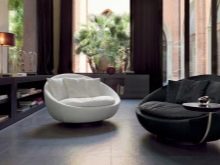
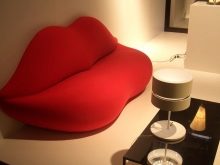
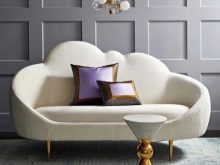
Compact sofas impress with a variety of colors and designs. They are performed in various stylistic directions.
- Classic. The classics are characterized by white, beige and dark colors, natural materials, rounded and smooth lines. Such furniture, despite its small size, is luxurious and comfortable. Classic sofas are most often represented by non-transforming stationary models.
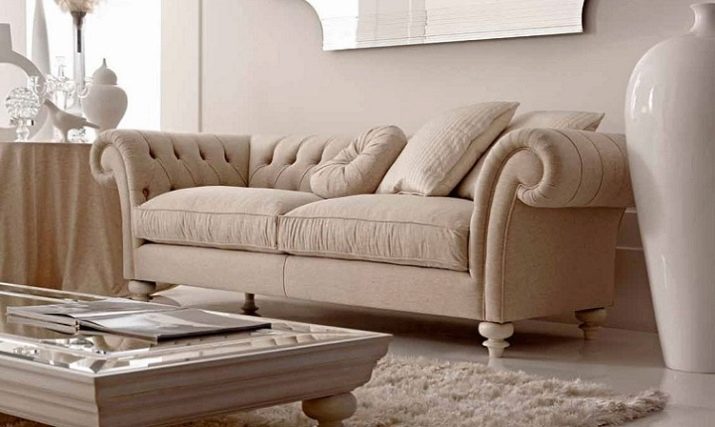
- Contemporary style. Such furniture is highly functional. Products are often complemented by compact tables, shelves, minibars or other items.
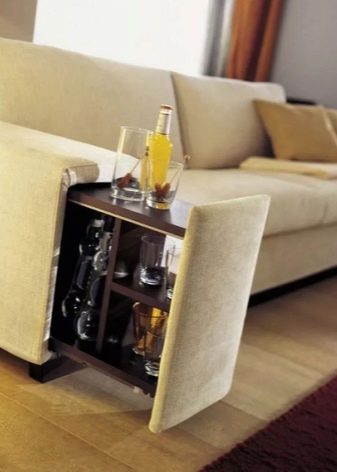
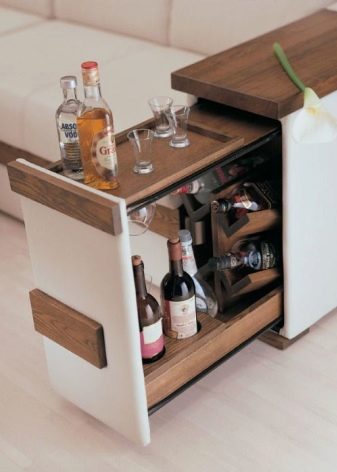
- High tech. These sofas are characterized by color contrasts (for example, black and white, white and red), chrome supports, sharp and clear lines.

- Provence. This style is characterized by simplicity, it embodies the comfort of home. The Provence styled sofas are made in pastel colors with prints of bright small flowers.
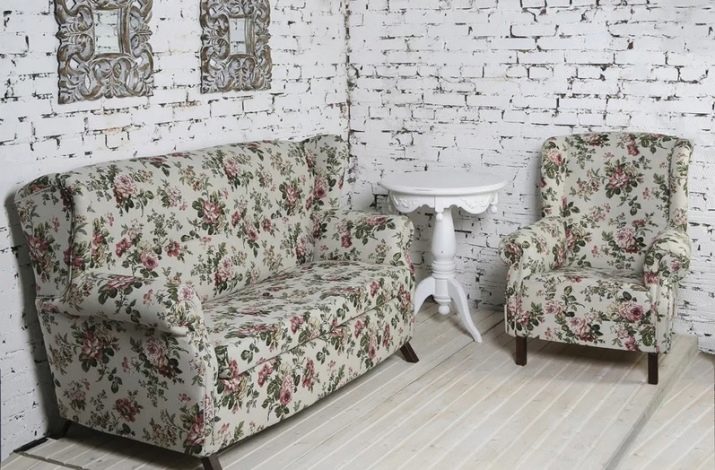
- Retro. These sofas have an unusual shape for the back and armrests. They are ideal for relaxing with friends and family.
Small sofas can be produced with or without armrests, have legs or various supports, supplemented with decorative pillows and various accessories.
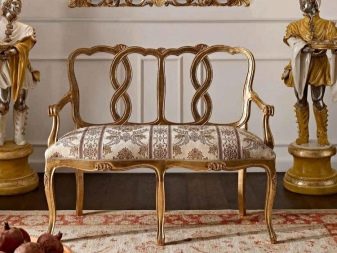
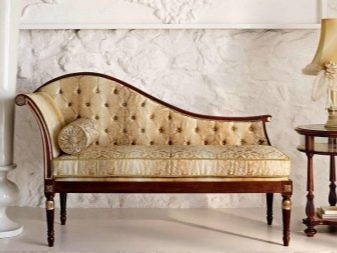
How to choose?
Before buying a mini sofa, you need to read some recommendations. They will help you not to make a mistake and make the right choice.
- Dimensions. The dimensions of the sofa are selected in accordance with the area of the room. Before buying, you need to take measurements.
- Appointment. The sofa can be purchased for the kitchen, bedroom, living room, children's room. Sleeping furniture should be comfortable, equipped with reliable and durable transforming mechanisms. The best models for intensive use are "Eurobook", "click-gag", "book".For the arrangement of the kitchen, it is recommended to take a closer look at sofas with wear-resistant upholstery with a strength index of at least 200 g / m. For relaxation, guests need to choose comfortable furniture with medium hardness.
- Materials. For high-quality sofas, the base is made of MDF, natural wood or metal, polyurethane foam, latex or springs act as fillers. Upholstery materials must be durable, color fast, abrasion resistant and breathable.
- Style and design. It is important that the purchased sofa is in harmony with the furnishings, finishes, and decor available in the room.
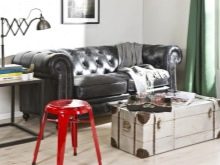
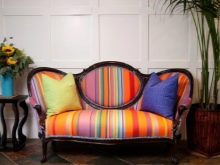
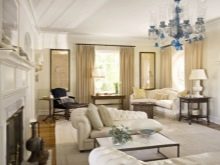
When choosing a product, special attention should be paid to its convenience and quality. You need to sit on the sofa or even lie down to feel the comfort of the furniture. It is necessary to listen to the sounds that furniture makes when moving. The presence of squeaks will indicate a poorly glued frame base.
It is important to pay close attention to the quality of the stitching - the lines, like the rows of staples, must be even. These are minor nuances that can indicate the manufacturer's bona fides.
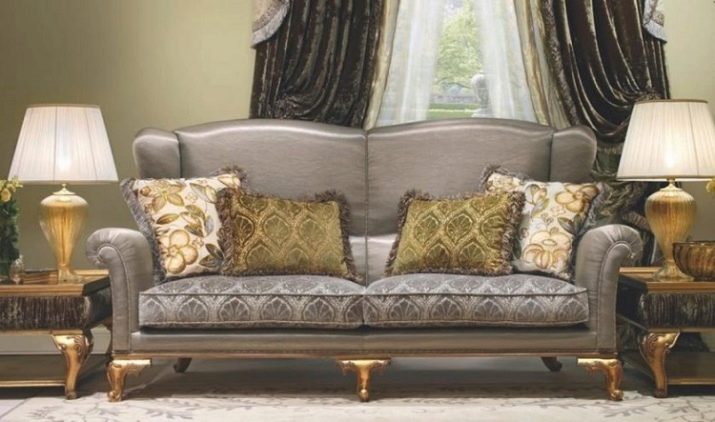

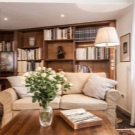
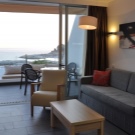
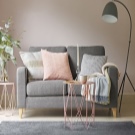

Beautiful examples in the interior
Small cozy sofas are appropriate in kitchens, living rooms, bedrooms, children's rooms, hallways. Tastefully selected furniture is able to successfully fit into the interior. The photos below clearly show how compact sofas look harmoniously in rooms with different stylistic designs.
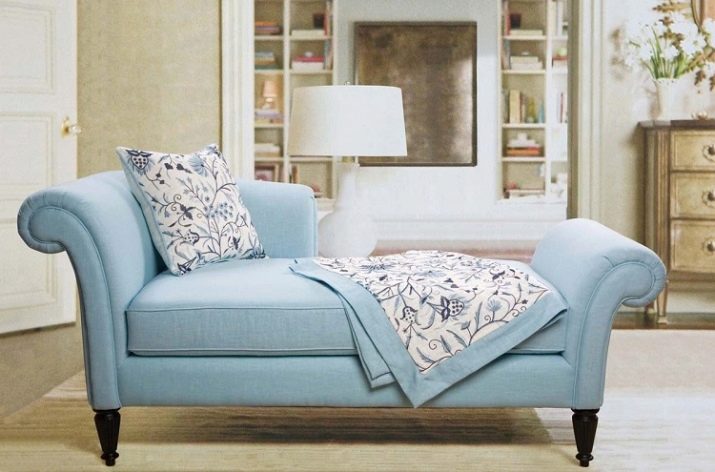
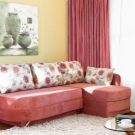
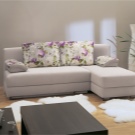

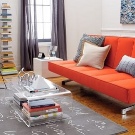

For information on how to choose a sofa correctly, see the next video.








